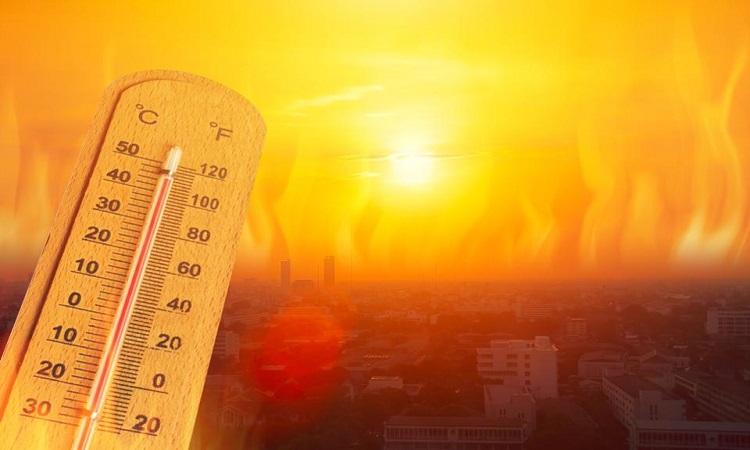New analyzes confirm that 2019 was the second hottest year on record since 1880.
Our planet is evolving at an accelerated rate, both at sea and on land. A few days ago, a study showed that the temperatures of the world’s oceans had reached a record level in 2019. But we have also transpired a lot.
According to two analyzes by NASA and the National Oceanic and Atmospheric Administration (NOAA), the temperatures experienced last year on the planet were the second warmest recorded since the start of modern record keeping in 1880.
More specifically, terrestrial temperatures were 0.98 ° C higher than the average recorded from 1951 to 1980.
Only 2016 did “better”. But that year was marked by a very strong El Niño phenomenon, which had pumped a lot of heat from the Pacific Ocean to release it into the atmosphere. Last year, this climatic phenomenon was also illustrated, but in a much weaker way.
Overall, the past 10 years have been the hottest of the past 140 years.
“The decade just ended is clearly the warmest decade on record,” said Gavin Schmidt, director of NASA’s Goddard Institute for Space Studies (GISS). Each decade since the 1960s has clearly been warmer than the previous one. ”
For these analyzes, researchers from the two agencies relied on readings from more than 20,000 weather stations. They also analyzed the data collected by specialized vessels, buoys equipped with measurement systems and research stations installed in Antarctica.
Australia on fire, Alaska loses ice
Several countries were hit harder than the others. Australia, for example, which recorded temperatures 1.5 degrees Celsius higher than the mid-20th century average. It also rained much less than usual. These conditions have inevitably exacerbated the risk of fires which have ravaged much of the eastern part of the country since September.
Alaska, also, recorded its hottest month in its history in July 2019. This heat has caused an accelerated melting of several hundred glaciers. Permafrost (permanently frozen ground) has also shown signs of melting, and the Bering Sea off the northwest coast of Alaska has been free of ice for much of the past year.
The Responsible Man
They also believe, based on climate models, that this overall rise in temperatures is mainly due to the increase in atmospheric emissions of carbon dioxide and other greenhouse gases of anthropogenic origin. .
“What is happening is persistent, it is not a coincidence due to a weather phenomenon,” continues the researcher. We know that long-term trends are driven by rising levels of greenhouse gases in the atmosphere. “
Source: https://www.nasa.gov/press-release/nasa-noaa-analyses-reveal-2019-second-warmest-year-on-record




